Description
Purisaf Water Purification Chlorine Tablets Make Water Safer to Drink FAST
ppm = parts per million (sometimes expressed as mg/L)
Each Purisaf 1000 tablet gives 1 ppm available Chlorine per 1,000 Litres of Water
To achieve a 2 ppm available chlorine solution, add 2 tablets to 1,000 Litres water (4 ppm = 4 tablets etc).
1 tablet will disinfect 200 Litres of water at 5 mg/L (5 ppm/L) Chlorine or 250 Litres of water at 4 mg/L (4 ppm/L) Chlorine.
Accurate and Easy Dosing, Versatile and Fast Acting for use in:
Water Towers and Wells
Camping, Caravaning & Boating
Emergency Water Purification – Disaster Relief
Spring Water and Storage Bowsers
Spring Boxes or Silt Traps
TOP TIP: Always stir the solution after the tablets have fully dissolved and test available chlorine before consumption – use our PN970 Prosan Ultra High Level Free Available Chlorine Test Indicator Strips
Purisaf 1000 Water Purification Chlorine Tablets are equivalent to more expensive brands such as Oasis 1000. Often, the description of the active ingredient is confusing – here is our guide to help:
Technical: Contains Sodium dichloroisocyanurate (sometimes referred to as Troclosene sodium, Abbrev- NaDCC).
Formula: 3Cl2N3O3Na
Synonyms: Sodium Dichloro -1,3,5 – Triazinetrione Anhydrous. Sodium Dichloro – S – Triazine -2,4,6 1H,3H,5H)-Trione. Troclosene Sodium.
CAS: 2893-78-9
EC/EINECS No.: 220-767-7
Chemical Name: 1,3,5 – Triazine -2,4,6 (1H,3H,5H) Trione 1,3, – Dichloro, Sodium Salt
Chemical Family: Chlorinated S Triazine Trione
Export Tariff: 3808 942090
Please click on the link below to download Safety Data Sheet
DS183 PN557 Purisaf Chlorine Tablets REV 2
General Water Purification
To make water safe to drink, always refer to local guidelines. To achieve a 2 ppm available chlorine solution, add 2 tablets to 1,000 Litres water (4 ppm = 4 tablets etc).
Depending on the level of bacterial and faecal contamination, a wide range of dosing strengths may be required: As a general guide:
- Low Risk areas – 2 ppm or (2 mg/L) and generally 10 minutes contact time minimum
- Medium Risk areas – 4-5 ppm or (4-5mg/L) 10 minutes minimum
- High Risk areas – 10-20 ppm (10-20mg/L) with extended contact times of up to 20 minutes
It is important to test the water after treatment, especially as the risk increases. This can be done with simple test strips which measure in 0, 1, 3, 5 & 10ppm bands using a colour coded reagent test (use PN944 4 way test strips)
Well Water – new or contaminated
Make up 25 tablets in 25 Litre solution
Pour half into the well, operate pump until Chlorine is detected.
Stop pumping and add remainder of solution to well.
Leave for minimum of one hour.
Pump again, ensuring all domestic taps are open.
Check for Chlorine smell at each tap, then turn off.
Wait 12 hours before checking for a minimum of 2mg/litre (2ppm chlorine/Litre)
Refill the system with potable water.
Spring Boxes or Silt Traps
- Make up 25 tablets in 25 Litre solution.
- Using half the solution thoroughly scrub inside walls with the Chlorine solution paying particular attention to the highest and lowest water line levels.
- P:our remaining half of the solution into the Box/Trap.
- If there is a pump, repeat steps 4 to 8 (see Well Water Instruction above.
- Chlorine odour can linger and this may take a few days to disappear.
Domestic Plumbing
- Turn off the mains water supply into the header tank to prevent it re-filling during chlorination.
- Dose the water in the tank to a minimum 50 parts per million (ppm) of chlorine.
- Test the header tank water using PN970 Ultra High Level Chlorine Test Strips.
- Run each water tap or outlet (including WCs) until the smell of chlorine can be detected, whilst ensuring that the header tank does not empty during this time.
- When all outlets have been run and checked, top the header tank back up to the normal level and redoes to 50ppm.
- Leave the system for at least one hour.
- Then check for residual chlorine at each tap or outlet. To do this, use the PN970 test strips again. Each pack contains 50 test strips. Check each outlet using a test strip. If the residual chlorine in the system drops to the 25ppm level, then repeat the chlorination process.
- When the chlorination has been satisfactorily completed, the chlorine in the system can be reduced using sodium thiosulphate (not supplied) or in a small system, new fresh water introduced and the system flushed.
Important Note:
Always test for residual Chlorine smell or Chlorine reading before drinking. If no residual Chlorine smell, retreat. Ground water will invariably be cleaner than surface water.
Water Source Conditions to be aware of:
Faecal contamination is VERY DANGEROUS – avoid if suspected.
Industrial pollution – avoid if suspected.
Foul smelling water – possible algae contamination. Filter if possible
Turbidty – if Turbidity measures NTU 5 or above then water must be filtered.
Please click on the link below to download Product Fact Sheet
PN557 H4L Purisaf Product Fact Sheet Rev 2

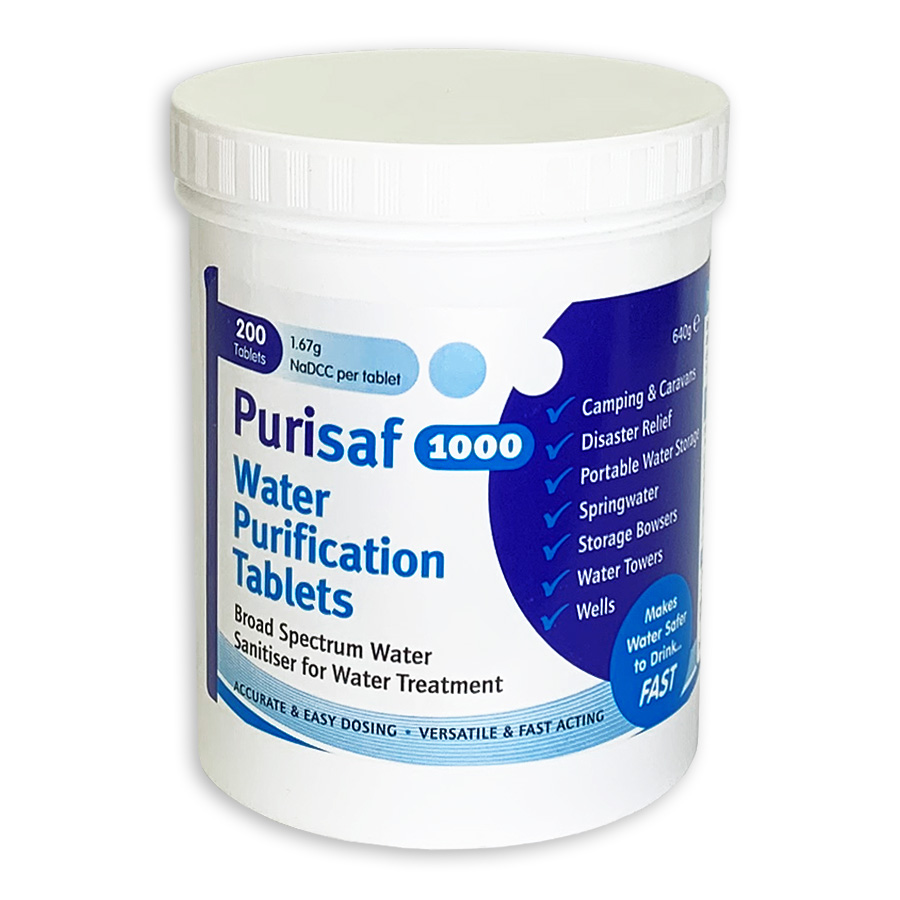
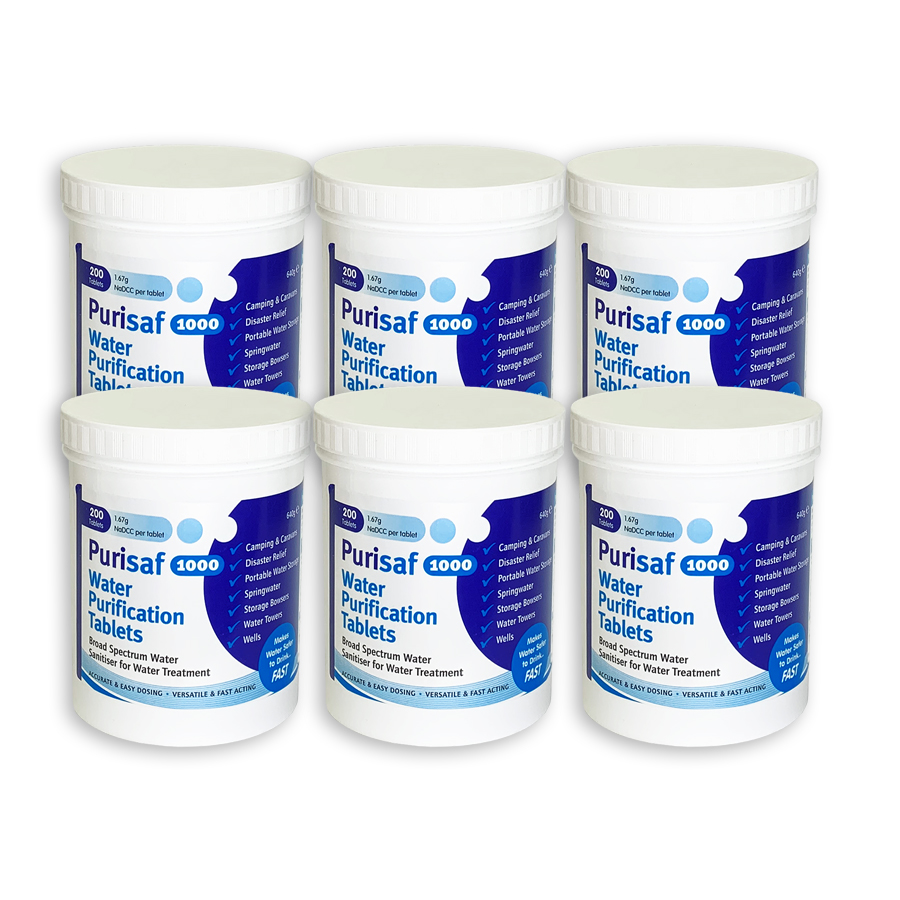
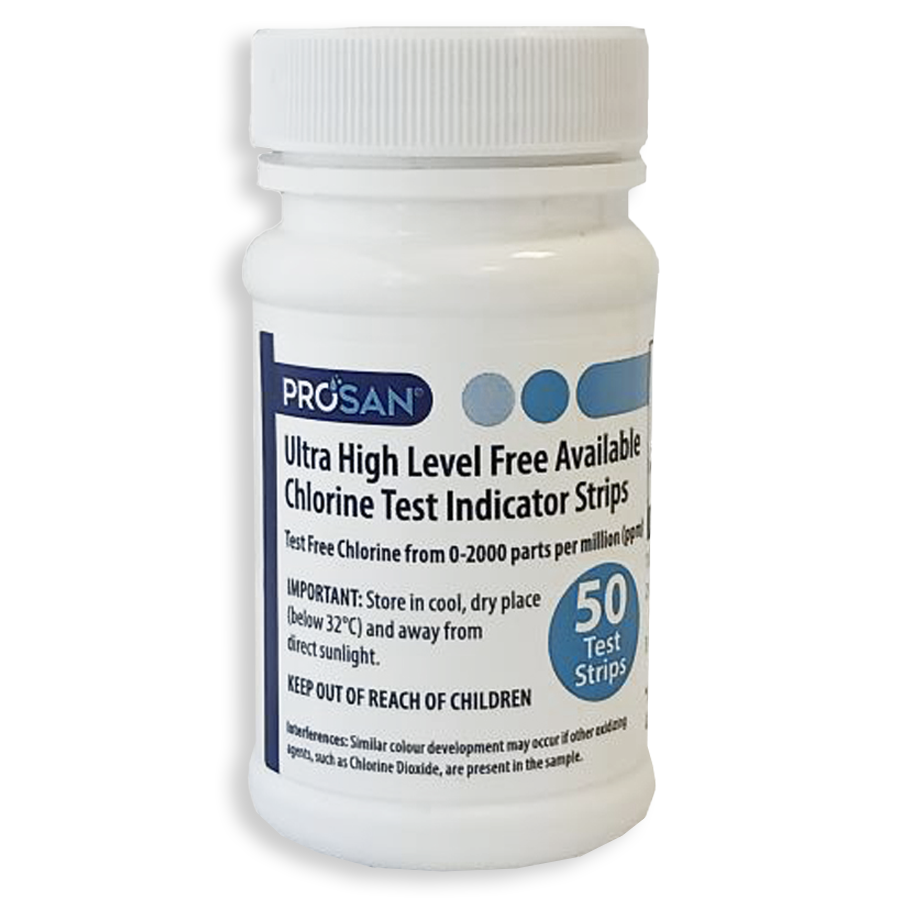
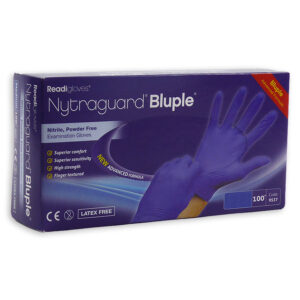
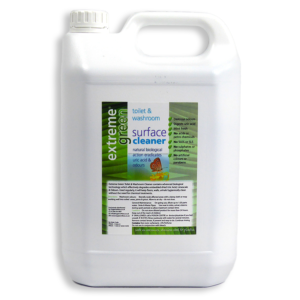
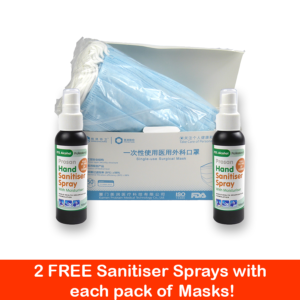
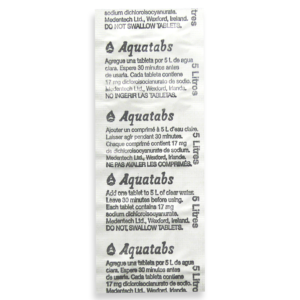
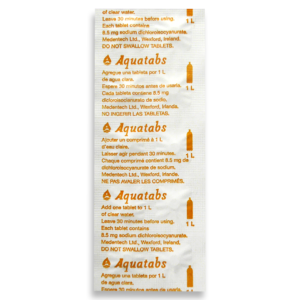
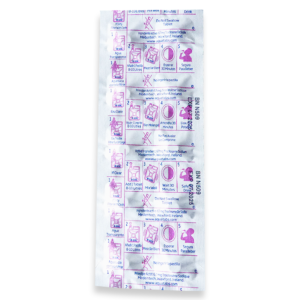
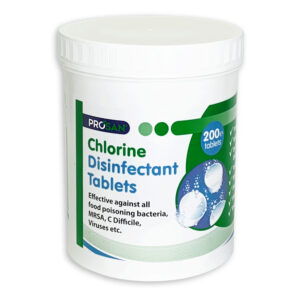

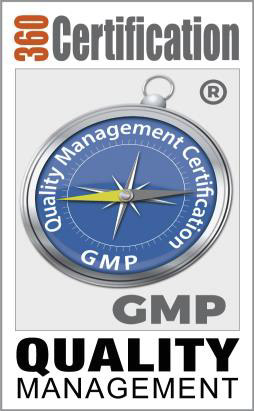



Reviews
There are no reviews yet.